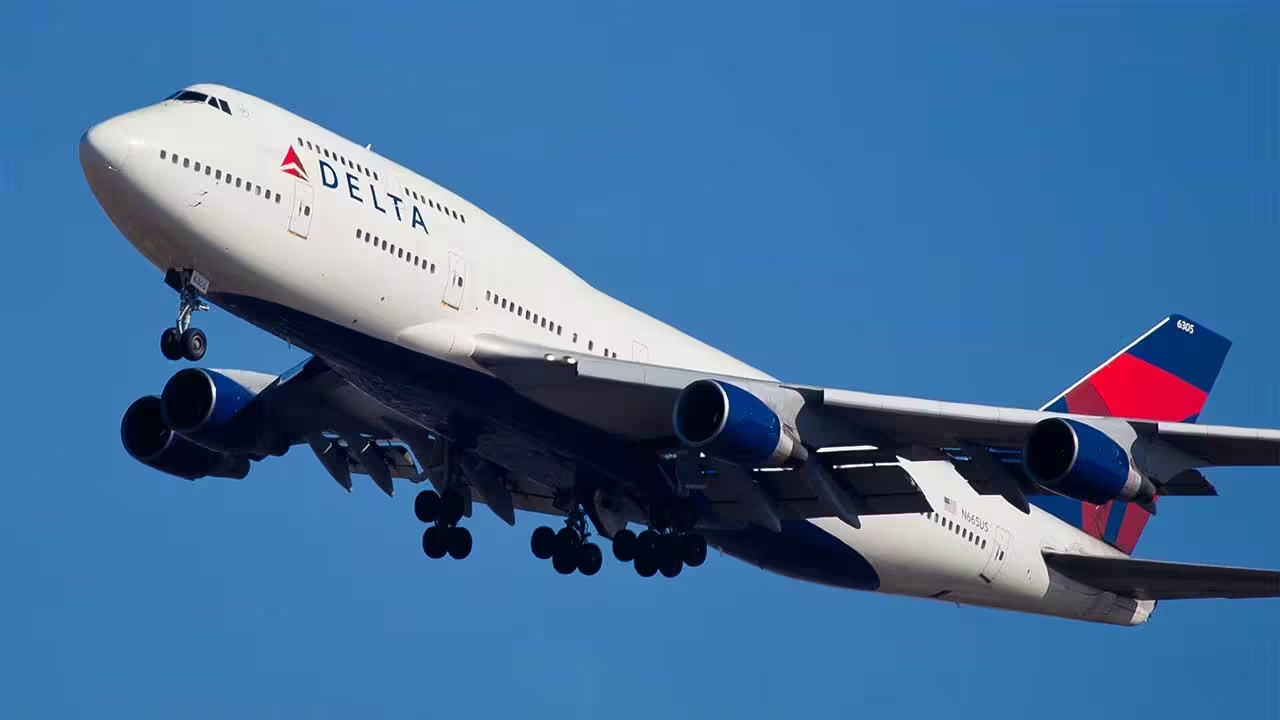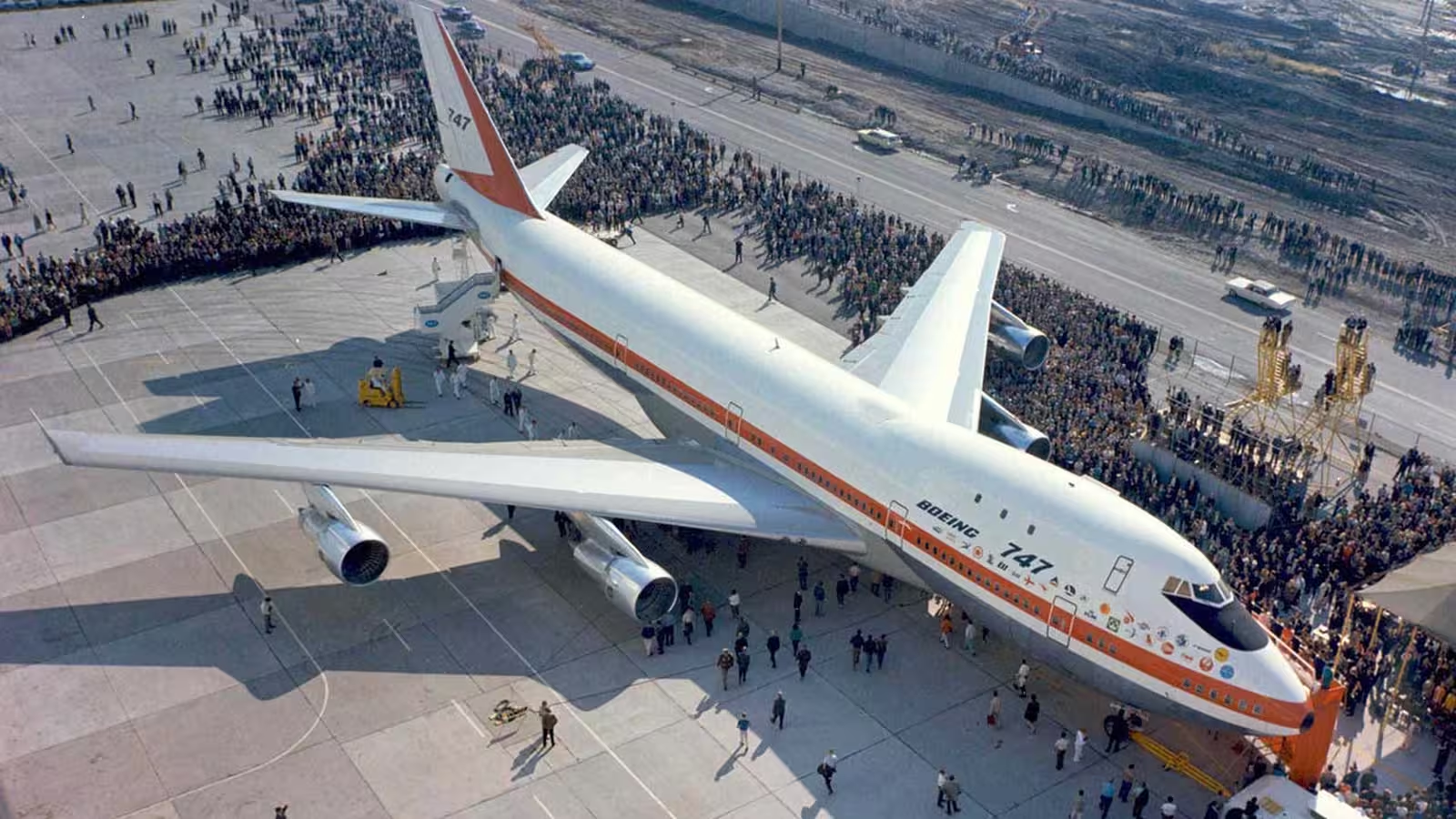6 Minutes
Understanding Boeing 747 Fuel Efficiency
Boeing’s iconic 747, often dubbed the “Queen of the Skies,” is a symbol of long-haul air travel and advanced engineering. But just how fuel-efficient is the Boeing 747 compared to everyday vehicles like cars? Let’s take a closer look at its fuel consumption figures and what they mean in real-world terms for enthusiasts interested in aircraft and automotive comparisons.
Boeing 747 Fuel Consumption Per 100 Kilometers
Powered by four massive jet engines, the Boeing 747 consumes an astonishing amount of fuel during flight. On average, a Boeing 747-400 burns around 14,385 liters of aviation fuel per hour. When measured against the distance flown, this equates to approximately 220 liters per 100 kilometers. For context, that is about 3.5 liters every second.
Fuel Burn Per Passenger
A fully loaded Boeing 747-400 typically accommodates 364 passengers across its business and economy cabins. When calculating fuel efficiency per passenger, the numbers become more impressive: each traveler accounts for about 0.6 liters of fuel burned per 100 kilometers. Compare that to the average car, which uses roughly 6 liters per 100 kilometers (or 3 liters per 100 kilometers per person with two people in the vehicle). This analysis actually reveals that, on a per-passenger basis, the 747 can be more efficient than a typical sedan with only one or two occupants.
Boeing 747 Design and Fuel Storage
The sheer volume of fuel required for intercontinental flights means that storage is a crucial consideration in the 747’s design. The original Boeing 747 could carry up to 183,000 liters of fuel—a figure that increases to 239,000 liters in later models like the 747-8. This vast amount of jet fuel is primarily stored inside the aircraft’s wings, utilizing main and additional tanks in both wings and the central wing structure, which frees up valuable fuselage space for passengers and cargo. Typically, the main wing tanks are filled first, with surplus stored in the central tank.

Performance Impact of Takeoff
The takeoff phase is by far the most fuel-intensive part of a flight due to the aircraft’s maximum weight. Approximately 19,000 liters are consumed just to get airborne. This sets aircraft apart from ground vehicles, such as cars or trains, which do not face this upfront energy demand.
Environmental Considerations: Jet vs. Automobiles
Fuel consumption directly translates to greenhouse gas emissions. According to the U.S. Energy Information Administration, burning one liter of jet fuel generates about 2.5 kilograms of carbon dioxide, only slightly above the 2.3 kilograms produced per liter of gasoline in a car. Given the Boeing 747’s older design—first introduced in 1970—its higher mass and less advanced aerodynamics mean its environmental impact is more pronounced compared to newer aircraft or modern fuel-efficient cars.
Comparative Analysis: Modern Wide-Body Jets
Aircraft design has progressed rapidly in the 21st century. Newer, more efficient jets like the Airbus A350 and Boeing 787 Dreamliner highlight these advancements, especially in fuel economy. The Airbus A350, which debuted in 2015 using lightweight carbon fiber-reinforced polymers, consumes about 10,220 liters of fuel per hour—roughly 188 liters per 100 kilometers at cruising speeds. With seating for 238 passengers in four classes (A350-1000 variant), it achieves approximately 0.8 liters per passenger per 100 kilometers, a bit higher than the 747’s best figures.
The Boeing 787-9, introduced in 2011, improves further. It uses 10,980 liters per hour and covers 900 kilometers each hour, burning roughly 196 liters per 100 kilometers with seating for 236 passengers. Per traveler, this equates to about 0.83 liters per 100 kilometers.
Market Positioning and Automotive Comparisons
While giant jets like the Boeing 747 were once industry leaders due to their capacity and range, evolving market demands and stricter environmental standards have shifted the spotlight to more fuel-efficient wide-body aircraft. The newest jets are not only lighter but are also engineered to maximize operational efficiency and minimize emissions—something modern automakers continually strive for in automotive engineering as well.
Nevertheless, despite the 747’s apparent high fuel consumption, its per-passenger fuel efficiency can still rival or even surpass that of most cars when those vehicles are not fully loaded. However, it’s critical to recognize differences in real-world travel scenarios and energy demands, especially considering takeoff requirements and the fuel-saving benefits of carpooling or using public transportation.
Key Takeaways for Enthusiasts
- Boeing 747s consume approximately 220 liters of fuel per 100 km, but per-passenger usage is surprisingly competitive with cars.
- Modern aircraft like the Airbus A350 and Boeing 787 have closed the efficiency gap further, though high capacity remains critical to overall sustainability.
- Fuel-efficient design, intelligent storage solutions, and technological innovation are now as important in aviation as in the automotive world.
Whether you're a plane spotter or simply an automotive enthusiast fascinated by engineering marvels, understanding the evolution of fuel efficiency across different vehicles is key to appreciating both industries’ ambitious strides toward sustainability.


Leave a Comment